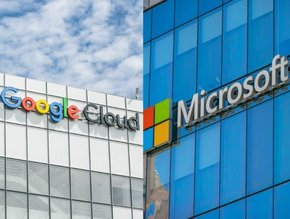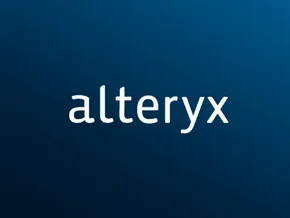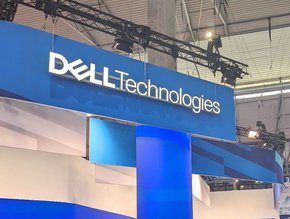Peer5: the content delivery company acquired by Microsoft

Peer5 delivers Enterprise Content Delivery Networks (eCDN) solutions to content providers. The company’s platform helps optimize bandwidth usage via mesh networking technology, delivering video streams faster and at a lower cost.
Through its acquisition of Peer5, Microsoft will use its technology to enhance live video network performance in Microsoft Teams.
Founded in 2012, Peer5 offers an eCDN solution based on WebRTC, an open-sourced project released by Google. This solution allows computer browsers to connect and interact in real-time without any additional software and transfer data using p2p systems.
The company’s mesh networks are self-balancing and automatically scale as the number of viewers increase. The technology does not require additional installation on user endpoints or changes to the physical network infrastructure.
Hadar Weiss, co-founder and CEO of Peer5, said in a blog post that since the company’s establishment almost 10 years ago, the founders had a vision to “decentralize the web and video streaming with WebRTC.”
Continuing growth with Microsoft acquisition
Peer5 refer to themselves as “a group of engineers and technology enthusiasts with a passion for distributed computing.”
With offices in Palo Alto and Tel Aviv Peer5 operate the world’s largest peer-to-peer (p2p) content delivery network. The company was designed from scratch for WebRTC, written completely in JavaScript.
Following its founding in 2012, Peer5 released the world’s first WebRTC based mesh network.
In a blog post, Weiss spoke of the company’s growth: “It has been quite a journey and I’m extremely proud of our team and what we’ve accomplished. Guy, Shachar and I started the company in 2012 with a vision to decentralise the web and video streaming with WebRTC. Since then we have scaled and grown steadily - we powered large live events (some with as many as 2 million concurrent users) and our product has been used over the years by more than 1 billion users.”
Now with Microsoft, the company will continue to grow and provide its solution to many more people by enabling live streaming for many organisations globally.
- Microsoft in Japan: $2.9bn Investment to Boost AI & CloudCloud & Cybersecurity
- Tech Leaders Launch AI Consortium to Upskill WorkforcesAI & Machine Learning
- Oracle Database@Azure Expansion: Committing to the CloudCloud Computing
- How Microsoft Supports Michigan Medicine’s ModernisationCloud Computing






